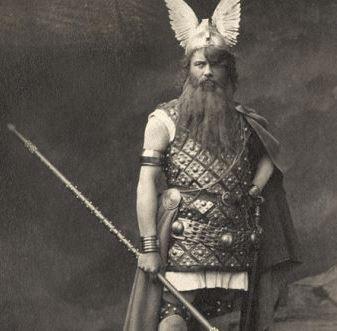
🧝♂️ Who is Wotan?
Wotan is the Old High German and Old Norse form of Odin, the chief god in Germanic and Norse mythology.
-
Name equivalents:
-
Wotan (Germanic)
-
Odin (Norse)
-
Wōden (Anglo-Saxon/Old English)
-
-
The name is linked to the Proto-Germanic root "wōđaz" meaning "fury, inspiration, or divine madness."
⚡ Key Attributes of Wotan/Odin
| Aspect | Description |
|---|---|
| God of... | Wisdom, war, death, poetry, magic, prophecy |
| Appearance | One-eyed wanderer, often in a cloak and wide-brimmed hat |
| Symbols | Ravens (Huginn and Muninn), wolves (Geri and Freki), spear (Gungnir) |
| Powers | Shapeshifting, rune magic, foresight, soul travel |
| Realm | Asgard (home of the gods), but also moves among the worlds of men and spirits |
🌀 Archetypal & Psychological View
The psychoanalyst Carl Jung wrote an essay in 1936 titled "Wotan", where he interprets Wotan not just as a mythological figure but as an archetype: a force of collective energy, rage, inspiration, and transformation in the Germanic psyche.
Jung saw Wotan as:
-
A symbol of restless spiritual power
-
An archetype behind irrational movements in history (he controversially linked it to Nazi Germany)
-
A manifestation of the storm god in the soul: chaotic, visionary, untamed
So Wotan isn’t just a "god of war" — he’s also a shaman, wanderer, poet, and seer. He sacrifices himself to himself to gain the runes — symbols of knowledge and power.
🧘 Connection to Magic and Mysticism
Wotan is a magician-god, a sorcerer-king. He practices:
-
Seiðr: Norse magic involving fate manipulation and trance
-
Rune lore: He discovered the runes by hanging from the world tree (Yggdrasil) for nine nights
-
Trance and journeying: He rides between worlds, gathering knowledge from the dead and spirits
So in short:
Wotan is not just a god — he’s an archetype of wild wisdom, of the mysterious, visionary force that seeks knowledge even through madness, sacrifice, and shadow.

